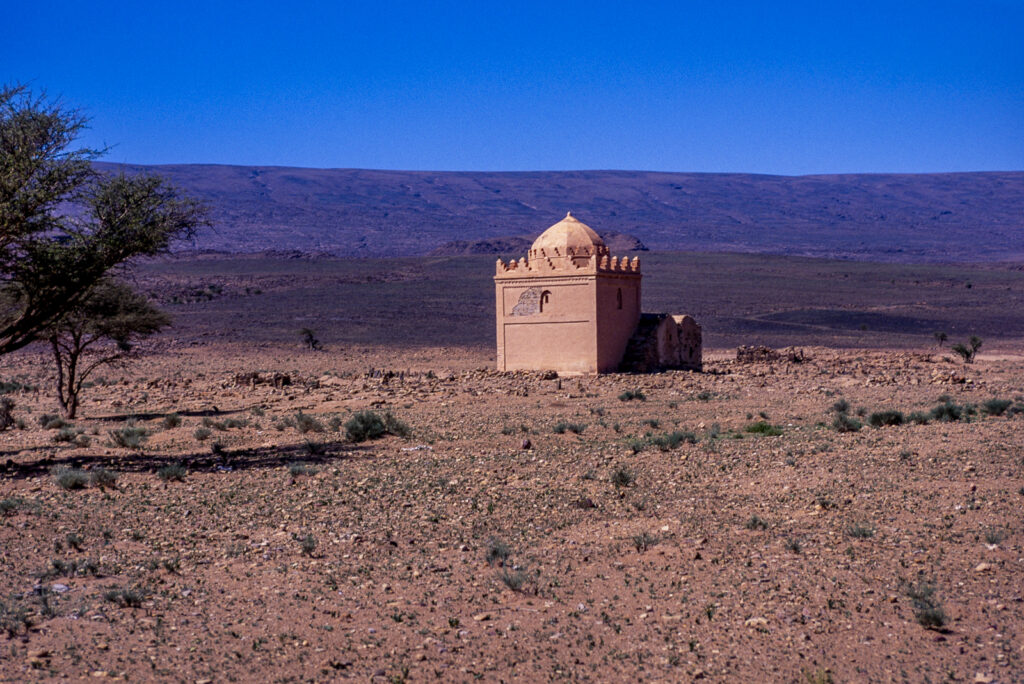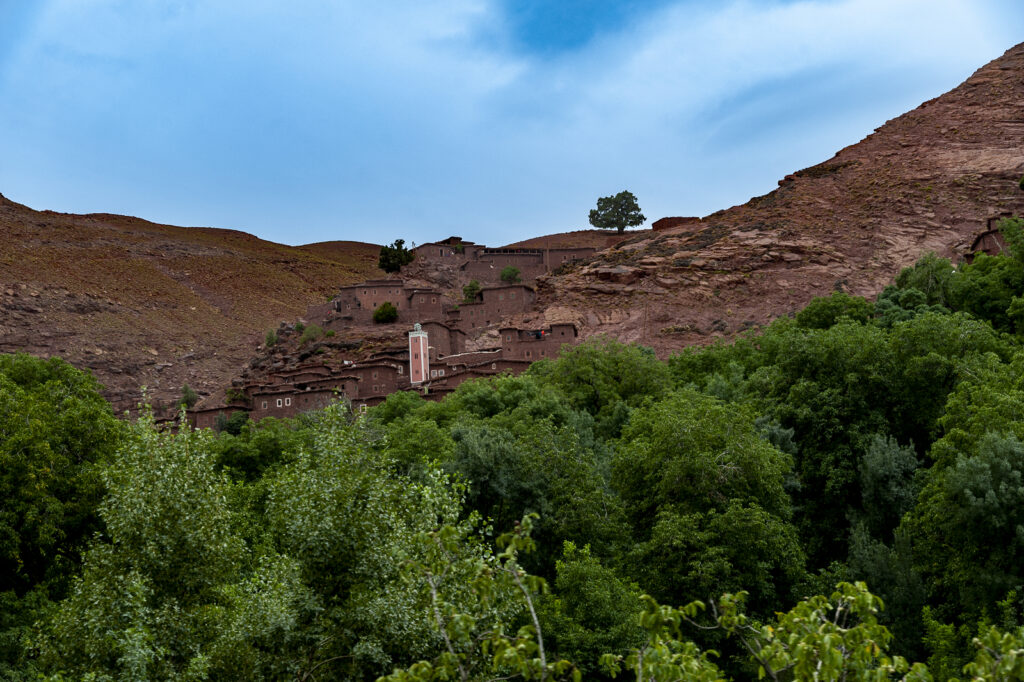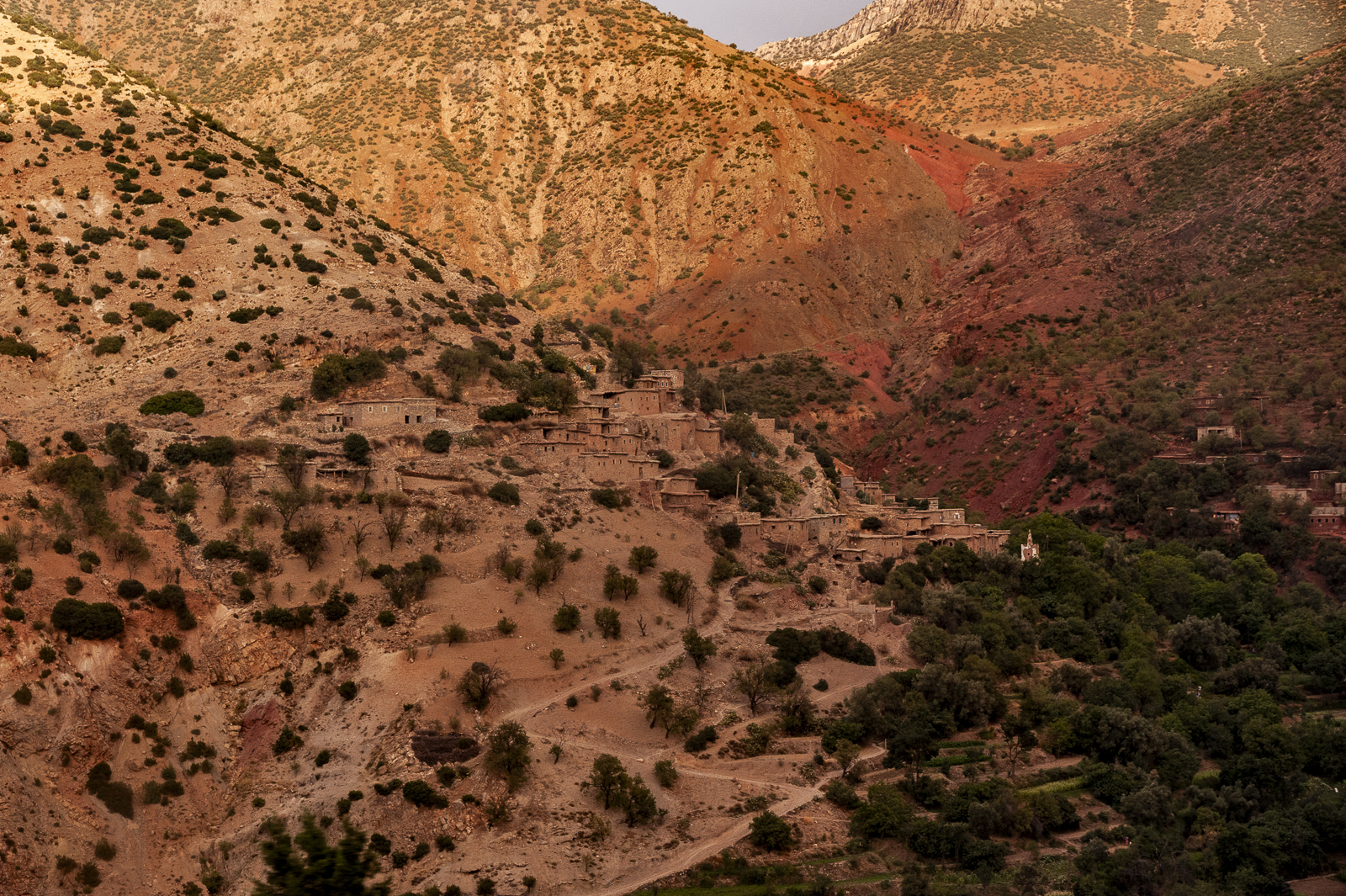

The Islamisation of the Maghreb was a complex and gradual process that took place in several phases between the 7th and 13th centuries. The first phase began with the Arab conquest, which was relatively long (647-710) and complicated. Once the declining dominance of the Byzantine empire based in Tunisia (Ifriqiya) and along the North African coast had been overcome, the Arabs were then able to reduce the strong local resistance. The great protagonists were Uqba ibn Nafi (who founded Qayrawan in 670), Hassan b. al-Numan (who defeated the uprising led by the “queen of the Berbers”, the Kahina, “the priestess”), and Musa b. Nusayr (the future conqueror of al-Andalus). After the conquest, Islamisation led to the incorporation of the Berbers into the army and the conversion of the tribal chiefs, which then led to the conversion of their populations. In Morocco, the Idrisid dynasty, descendants of the Prophet of Islam, founded Fez (789) and the Qarawiyyin University (859), all three of which were crucial to Maghreb Islamisation and culture.
A second phase of Islamisation took place with the waves of Arab Banu Hilal tribes coming from the East from the 11th century onwards, the aim of which was to subjugate the Maghreb. After the sacking, they settled and mixed with the Berbers, increasing Arabisation and Islamisation, which had a huge impact on the country’s demography, language, culture and religion. The third phase was developed by the great Berber empires of the Almoravids and Almohads (11th-13th centuries), with their orthodox reformism.
The Maliki legal school was instrumental in the development and establishment of Islamisation institutionally, ideologically and intellectually. At the social and popular levels, Sufism and the brotherhoods have played essentials roles up to the present day as the most profound, alternative and unique ways to achieve the Islamisation of the general population.
Francisco Vidal-Castro
University of Jaén
















